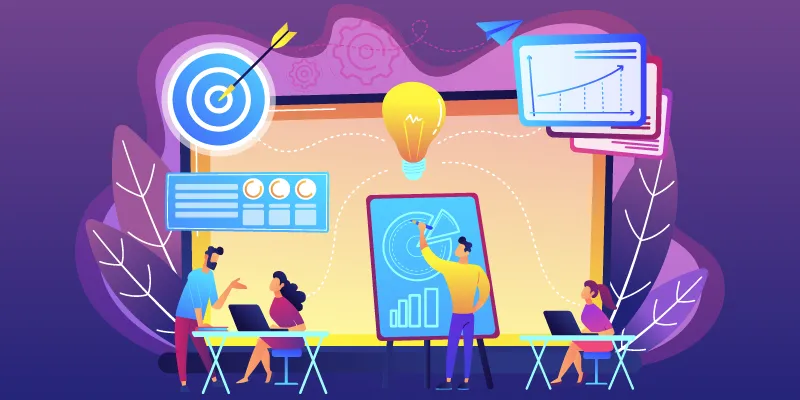DigiLocker architect Amit Ranjan on his journey from a tech entrepreneur to a government innovator
In this episode of the Prime Ventures Partners podcast, Amit Ranjan talks about his journey from SlideShare to DigiLocker, innovating while working with the government, and how startups can soon leverage the digital infrastructure.
In 2005, Amit Ranjan began his journey as an entrepreneur and co-founded SlideShare – the popular platform for sharing professional content.
Now, as a tech evangelist, Amit works with the government and is a part of government projects like DigiLocker – a digitisation platform for citizen-centric data, OpenForge – a private platform for the government working on the lines of software repository hosting service GitHub, and a few others.
“I was very fortunate. Just when I was exiting SlideShare and LinkedIn and trying to figure out what to do next, that was the juncture at which this opportunity came about,” Amit shares in a conversation with Amit Somani, Managing Partner, Prime Venture Partners.

Representational Image
Amit explains that the development and success of Aadhar led the government to question if there could be any other goods and services that could be built on top of the digital identity capabilities of Aadhar.
This, coupled with the success of companies like Google, Yahoo, etc, brought into the limelight the paradigm of openness (like open source, data, APIs) that drives the internet.
Takeaways from SlideShare
Amit started his journey at SlideShare in 2005 and exited it seven years later. He says that one of the two learnings that have stuck with him is finding the optimum mix of art and science.
"Peter Thiel explains it the best way. Startups are a 0-1, 1-5, 5-10, 10-50, and 50-100 journey. And at different parts of this journey, you need to think, act, and behave very differently. The range of solutions that you have in the 0-1 phase, which tends towards the art part, tends to be very different from what you would do in the 10-50 and the 50-100 phase," he explains.
And the other lesson was realising the role and value of building the right technology culture.
“Become a magnet for the best people in the industry, attract them towards your startup, be able to hire, train and induct them to perform at a very high level, plan their career progression, and make sure that they feel rewarded. If you can do a good job with the people function, that is 50 percent of your job,” Amit says.
Leveraging digital infrastructure
Amit explains that platforms like OpenForge or API Setu are soon approaching a stage where they will be thrown open to public use. He says that it will soon be possible for developers who have built codecs, SDKs or any other open-source packages or software to put on the platform.
“The whole vision behind OpenForge finally is that it is envisaged to be a partnership between the government and the community,” he adds
He further explains how these platforms, which are a huge step towards digitisation, still require quite a lot of work to be done in various aspects – from design to configuration. With community contributions and help from contributors, these platforms can be brought on par with other platforms like GitHub.
A word of advice
Amit has made quite an interesting career transition from the corporate world, to starting a company as a co-founder, to successfully exiting to LinkedIn and now, working with the government for the past many years. The one important piece of advice he gives is that founders should not plan for the long term.
“If you plan long term, sometimes it can be restrictive. So, plan for the short term and be open-ended. Be willing to explore new unforeseen things,” he says.
And for those inspired by his path, Amit explains that to work in the public/government side, one need not necessarily ditch their career in the private sector. But after 15-20 years working for the private side, one can think of contributing two to three years to the public sector, as Amit says that it will be an enriching experience.
To know more, listen to the entire podcast here
Notes:
04:04 - Learnings from building and selling SlideShare
09:18 - Government and Open Source model
16:07 - Government learning about the openness of the internet
19:11 - Making DigiLocker successful
25:25 - How founders can leverage infrastructures like Open Forge, DigiLocker, and so forth.
28:58 - What is API Setu and what is its purpose?
35:42 - How to work with the government while coming from the private sector
Edited by Kanishk Singh








